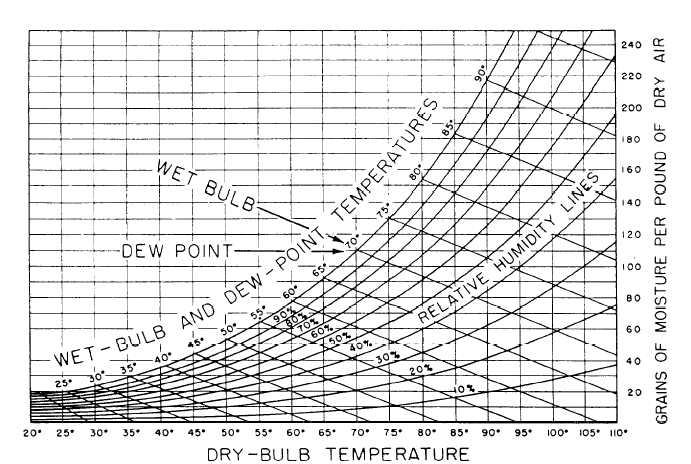Figure 10-15.-Simplified psychometric chart.
environment vary, the body automatically regulates the
amount of heat that it gives off. However, the body’s
ability to adjust to varying environmental conditions is
limited. Furthermore, although the body may adjust to
a certain (limited) range of atmospheric conditions, it
does so with a distinct feeling of discomfort. The
discussion that follows will help you understand how
atmospheric conditions affect the body’s ability to
maintain a heat balance.
Body Heat Gains
The body gains heat by radiation, by convection, by
conduction, and as a by-product of physiological
processes that take place within the body.
The heat gain by radiation comes from our
surroundings. However, heat always travels from areas
of higher temperature to areas of lower temperature.
Therefore, the body receives heat from those
surroundings that have a temperature higher than body
surface temperature. The greatest source of heat
radiation is the sun. Some sources of indoor heat
radiation are heating devices, operating machinery, and
hot steam piping.
The heat gain by convection comes only from
currents of heated air. Such currents of air may come
from a galley stove or an engine.
The heat gain by conduction comes from objects
with which the body comes in contact.
Most body heat comes from within the body itself.
Heat is produced continuously inside the body by the
oxidation of foodstuffs and other chemical processes,
friction and tension within the muscle tissues, and other
causes.
Body Heat Losses
There are two types of body heat losses-loss of
sensible heat and loss of latent heat. Sensible heat is
given off by radiation, convection, and conduction.
Latent heat is given off in the breath and by evaporation
of perspiration.
EFFECT OF AIR MOTION
In perfectly still air, the layer of air around a body
absorbs the sensible heat given off by the body and
10-16


